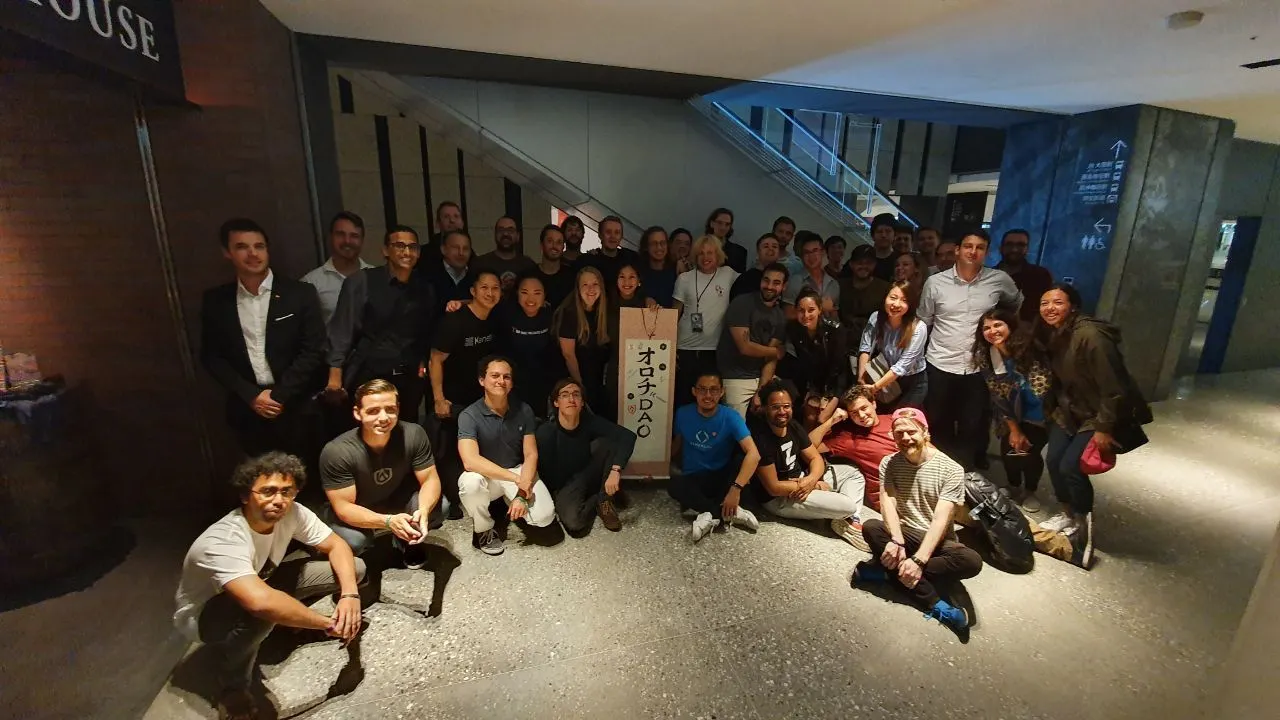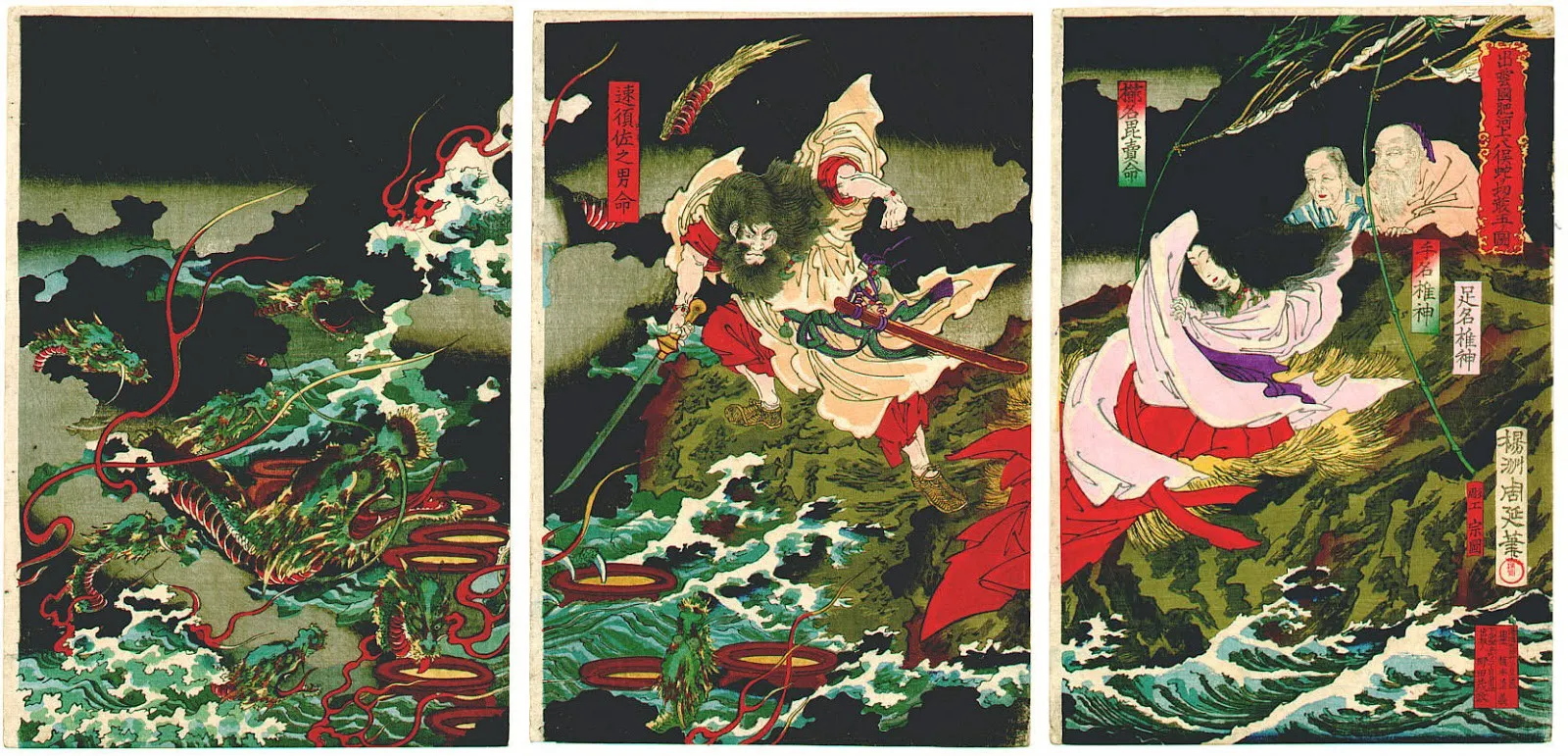Osaka, Japan—“This year was the year of the DAO,” Makoto Inoue told us at Devcon 5. But he would say that, being the creator of Orochi DAO, the decentralized autonomous organization (DAO) that was used to organize events at Devcon 5 this week. Including, naturally, events about DAOs themselves.
A decentralized autonomous organization functions as if a computer program went rogue and operated all on its own accord. They essentially work as a non-partial arbitrator between multiple individuals or parties and can be used for such purposes as choosing which grants to fund, or where to allocate money for events.
This is exactly what happened at Devcon 5, with Orochi. Large chunks of the sponsorship money for the four-day Ethereum-focused conference were plugged into this DAO. Then, each of the respective parties communicated among themselves to organize ideas. When a proposal looked good, it would be proposed on the DAO and voted on. If approved, the money would be directly sent to the organizer, who would use it to run the event.
And it worked really well. The DAO was used to fund two events—using up its funding of $6,500—to show it was a successful proof of concept. Two days before Devcon 5 started, DAO fans eagerly gathered together on the 6th floor of the conference hall, to listen to DAO-themed talks. The event was largely focused on Moloch DAO—the funding scheme laid out by Spankchain CEO Ameen Soleimani that Orochi was based on. This was organized by Inoue.
Later that week, a small group flocked to a whisky tasting event, which was a little more laid back. But this one saw the DAO take on a life of its own.

“The whisky tasting, I didn’t do anything for that—who set that up? The DAO takes care of itself,” Inoue said. Since the DAO is decentralized, anyone can make proposals, which the sponsors (or members of the DAO) vote on. If the event goes ahead, and a sponsor doesn’t approve, they can “rage quit” and take their funds out.
Moloch DAO has a voting period of one week and a grace period of one week, allowing sufficient time for proposals to be seen and to let members rage quit if they need. For Orochi, Inoue chose to reduce this time to one day for each, he said, in order to make it a much more responsive DAO for organizing short term events.
DAOs funding DAOs
Funding for the DAO actually came from another DAO, believe it or not. Metacartel DAO gave a 10 ether ($1,850) grant to Inoue, who split it with Odyssy—a decentralized collective building on Ethereum—which offered to code the whole thing.
"Orochi, with its simple purpose of organizing an event, is one of the most practical, real-world applications of a DAO seen to date. Due to the success of the event, Orochi has validated that a DAO works as a means of decentralized event coordination,” said Ven Gist, cofounder of Odyssy.
But why did it work so well?
Turbocharging the events was a platform called Kickback Events, which Inoue also runs. When attending an event, users put up 10 DAI ($10) as a deposit. If they attend, they get the money back—if not, it’s confiscated and split across all attendees. So, if only half the people turn up, those who do double their money.
And to provide an even greater incentive to attend the DAO-themed event, Inoue used some of the sponsorship money to create ten “fake” attendees. Since they wouldn’t turn up, the money would be split between anyone who did. In this case, 62 people attended (it’s all recorded on the blockchain) out of 75, plus the extra ten addresses. So, all the attendees took home $12, including a bonus $2.
Designing the Orochi DAO
The Orochi DAO itself is themed in the same vein as Moloch; it’s named after an eight-headed snake known as Yamata no Orochi.
“Moloch is all about sacrifice. I googled ‘sacrifice, Japanese monsters’. Orochi came up because the part of their storyline is they used to eat villagers’ daughters every year. That’s how I first got into that story,” Inoue said, adding, “Then I came across sake. It’s a combination of the scary creature and getting drunk. It symbolises the DAO.”

He added that Moloch’s symbol is a goat, and he needed a stronger image. Hence the snakes dipping into bowels of sake, a striking picture based on “Susanoo slaying the Yamata no Orochi,” a painting by Toyohara Chikanobu.
But don’t worry, no eight-headed snakes were harmed in the making of this DAO.





